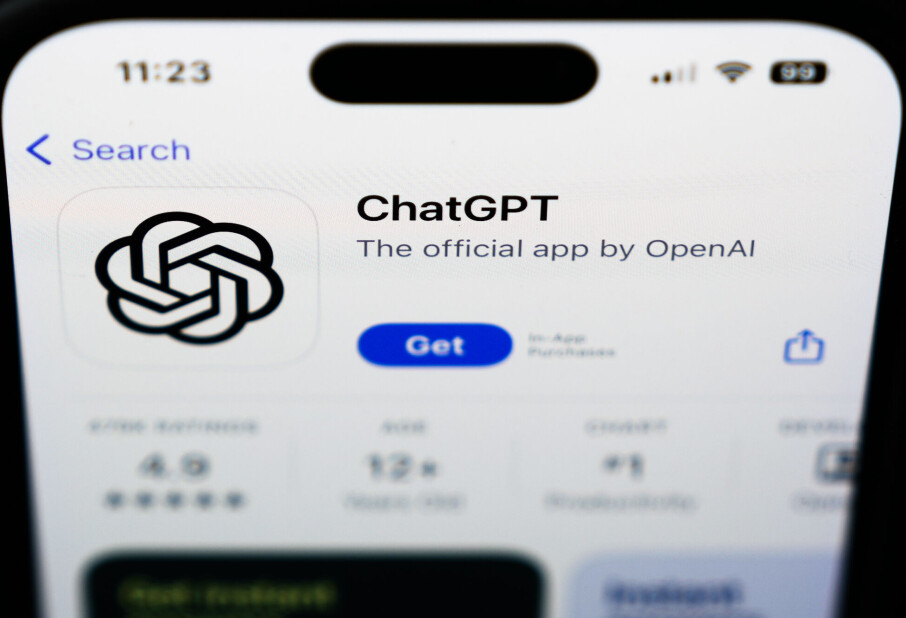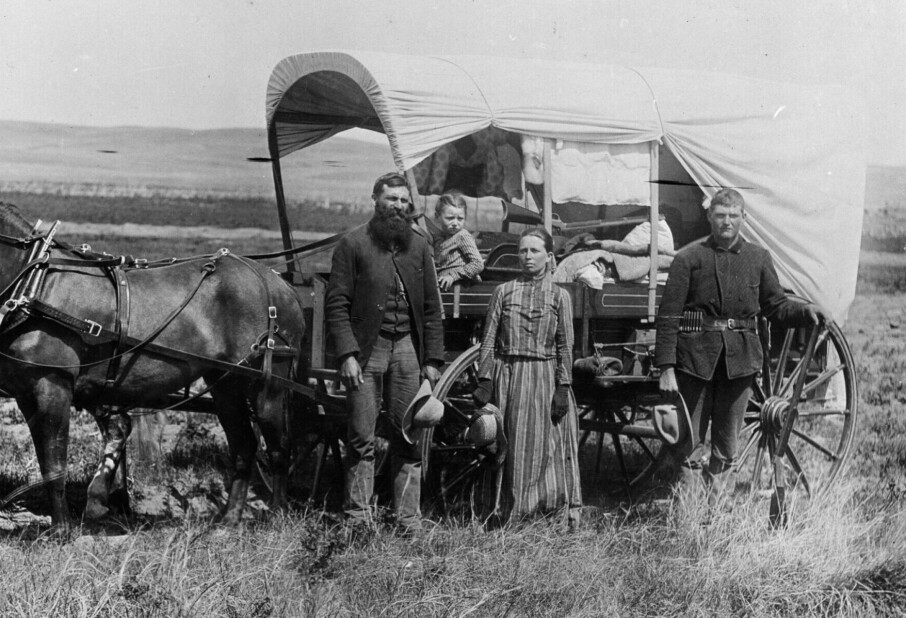THIS CONTENT IS BROUGHT TO YOU BY THE University of Agder - read more
This is how the best esports athletes train
All serious esports teams now include physical training and healthy diets as key parts of player development. They also spend less time gaming.
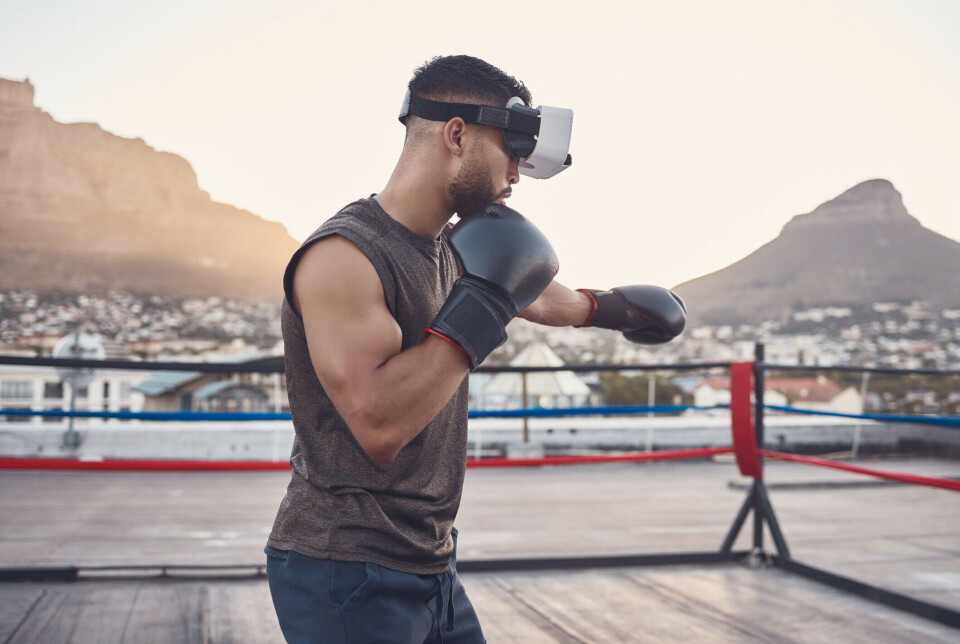
“If you look at modern professional players, they actually look like athletes,” says gaming researcher Tobias Scholz from the University of Agder.
The myth of the unhealthy gamer living on energy drinks and pizza is a thing of the past.
Physical training has become important
Modern facilities for professional esports athletes have top-notch gyms and dedicated physical trainers.
Scholz has seen several players drastically change their physical fitness over the recent years. The change happens when they become professional players and join a top team.
“They build themselves up by gaming in their teens, primarily focusing on video games. But then they become part of a team, and four years later they're in superb shape,” says the researcher.
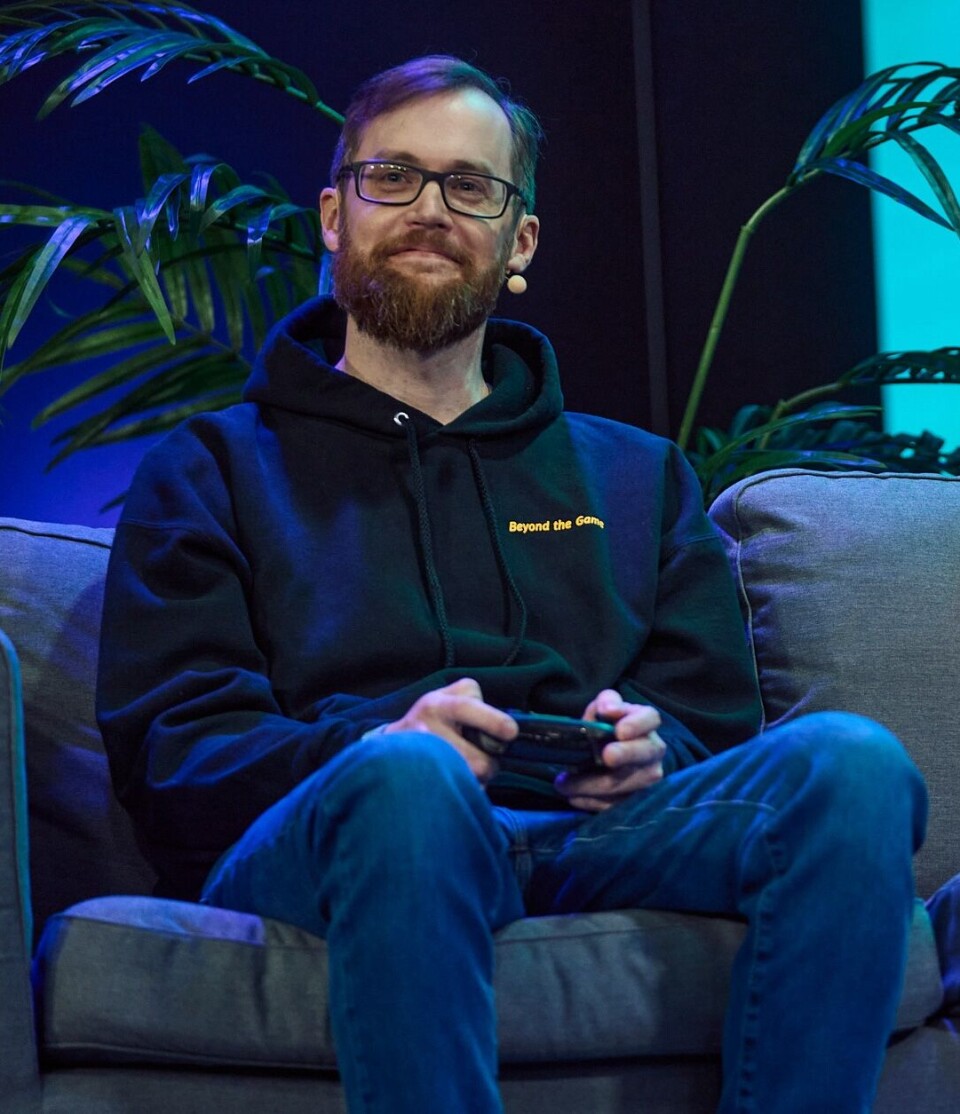
Scholz has contributed to the Routledge Handbook of Esports, where he has written about the future of esports. It's clear that health promotion among players will be crucial for the further development of the sport.
Less gaming leads to better results
The researcher has followed esports for many years and noticed other changes among professionals. One thing is the physical aspect; another is the time spent.
“The more professional you become, the less you play,” says Scholz.
Previously, it was common for professional players to spend large parts of their day gaming. Professional players now focus their gaming in time blocks. Players practice specific skills and challenges in games, and get plenty of rest.
Training in the esports programme
The University of Agder launched its academic esports programme in 2022. It includes courses on sport nutrition and physical activity.
Professor Stephen Seiler is responsible for the physical aspects of the programme.
“Esports has long been dominated by what's known as 'grinding', where players spend hours in front of screens every day. Diets have typically been poor and pauses for rest inadequate. There's been a lot of energy drinks and late nights,” he says.
Seiler works with elite athletes in various sports, including through the Norwegian Sports Confederation and the Uno-X cycling team. This knowledge benefits the esports athletes.
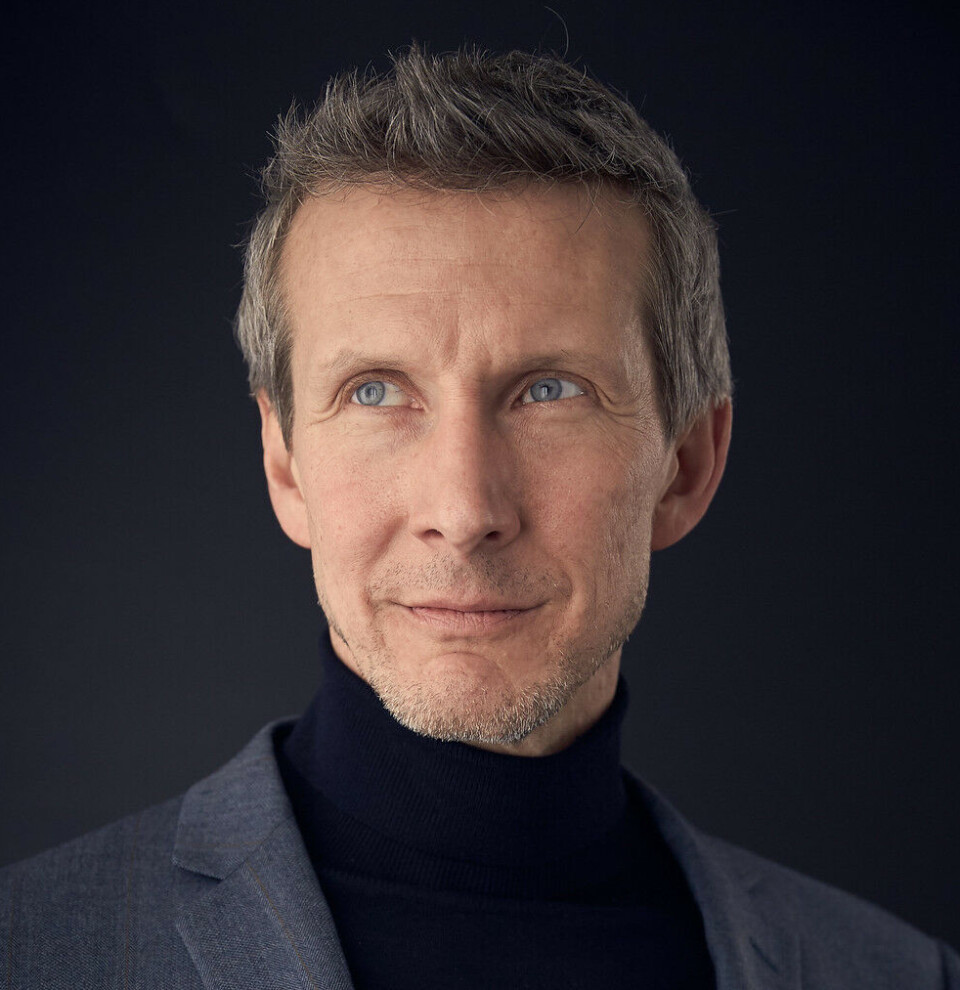
“We know a lot about how to create the best conditions for performance over time. It's exciting to work on this in the university's esports programme, where there isn't a long tradition for it,” says Seiler.
Ending the energy drink myth
Like many other sports, esports is dominated by energy drink sponsors such as Red Bull and Monster, and there’s often an energy drink bottle near players.
But it's rare there's actually energy drink in them.
“Energy drinks are the main sponsor for many teams but very few players drink them. Most professional teams have a personal chef to manage their diets,” says Scholz.
Different games, different bodies
Scholz has also noticed a difference in the physiques of pro esports players. He hasn't yet researched this but finds it an interesting phenomenon.
“With Counter-Strike we see that players have done a lot of strength training, and the same with World of Warcraft. Then there are games like League of Legends, where players do more endurance and cardio-based training,” says Scholz.
Physical training helps players mentally too.
“In traditional sports, athletes have a lot of adrenaline, but also a natural outlet for it. Physical training helps esports athletes use their energy and calm down,” he says.
References:
Kari et al. An Extended Study on Training and Physical Exercise in Esports, 2018. DOI: 10.4018/978-1-5225-7461-3.ch010
Jenny et al. Routledge Handbook of Esports, 2024.
———
Read the Norwegian version of this article on forskning.no
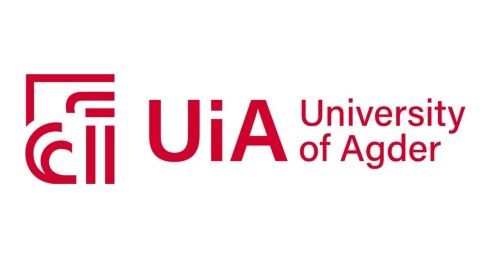
This content is paid for and presented by the University of Agder
This content is created by the University of Agder's communication staff, who use this platform to communicate science and share results from research with the public. The University of Agder is one of more than 80 owners of ScienceNorway.no. Read more here.
More content from the University of Agder:
-
This can make life easier for new maths teachers
-
Norwegian women were burned at the stake here
-
Ticks can spread more than just Lyme disease and TBE virus
-
Fish help the ocean store carbon
-
New study: Early interventions against childhood obesity show no effect
-
Researchers call for better protection of Europe's last flat oysters
































